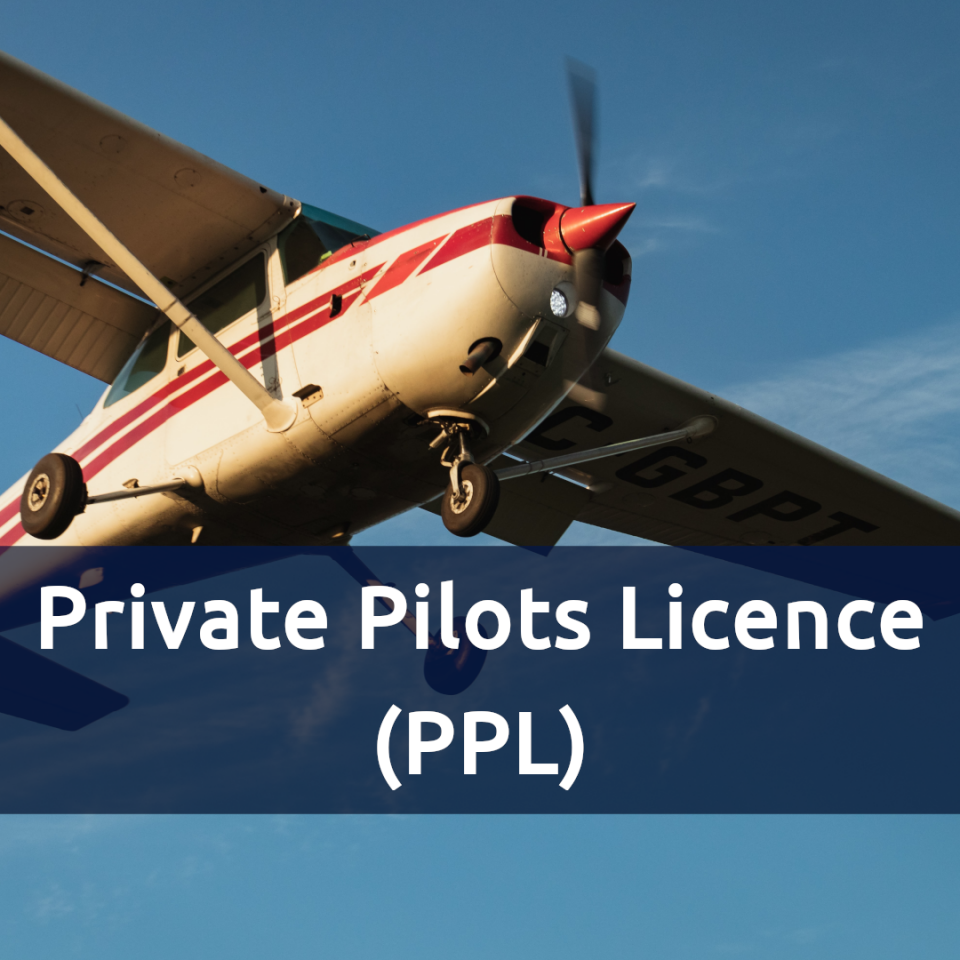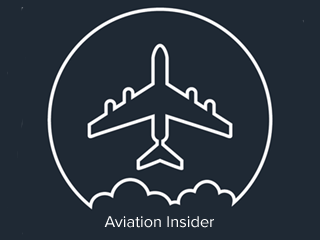Private Pilots Licence (PPL) (CAA EASA)
Our full list of PPL training providers can be viewed here.
About The Course
- A PPL Licence for aeroplanes will allow the holder to act as pilot in command (PIC) in non-commercial operations on aeroplanes or touring motor glider (TMGs). A holder can however charge for services if holding a valid Flight Instructor or Examiner Rating whilst carrying out the appropriate duties. So whether it is so you wish to take a light aircraft up on your own or with family/friends for a couple of hours, or use it to build hours for your Commercial Licence, a PPL will allow you to exercise these privileges.
- The course can be completed either full-time or part-time so as to fit in with your schedule/timescale.
- The EASA PPL is the most common flying licence.
- The costs can vary depending on School and individual ability, and can be checked on our 'Flight Schools' section
Course Requirements
- No previous experience is required, although we would strongly advise you to book a trial lesson at your local airfield. Please take a look at our Flight Schools section.
- To make your First Solo, you will need a Class 2 Medical, which can be undertaken at any certified Aero Medical Examiner.
- You must be at least 16 years of age to complete your First Solo, and 17 years of age to take your PPL Skills Test.
Course Structure & Completion
- The EASA PPL requires a minimum of 45 flying hours.
- The training will be completed in a Single Engine General Aviation Aircraft. i.e. an SEP (Single Engine Piston)
- The training will include;
o 9 short written exams with a 75% pass mark.
o 45 hours of total flying time, which includes at least;
- 25 hours of Dual instruction (with an instructor)
- 10 hours of solo flight time
o Your First Solo!
o A 150nm Cross Country flight, which includes stops at 2 aerodromes different from the departure aerodrome.
o Radio Telephony exam pass.
- In order to complete the course, the student must have achieved all of the above criteria, in addition to passing a practice skills test with an examiner. This will take place in an aircraft, and include a navigation, some circuits and some general handling exercises.
What To Look For In A Training Provider
- EASA / CAA Registered.
- Well maintained and serviceable aircraft, as well as availability, scheduling and regularity of lessons.
- Qualified instructors available.
- Reviews from past students are important, to get a feel of all aspects of the flight school and course. Use our extensive review tool to acquire as much up to date information as you can.
- Compare costs between schools to ensure it suits your budget.
- Student support to ensure that your progression throughout the course is as smooth as possible.
- Ask for transparency on prices and packages, i.e. inclusion of instructor fees, landing fees, fuel etc.
Our full list of PPL training providers can be viewed here.
Equipment
- Study material such as theoretical knowledge books.
- Headset, VFR Chart, Charts for appropriate airfields, Stationary including chart-pens, chart-ruler, protractor and compass, CRP-5, DP-1 ruler, flight bag, kneeboard, calculator.
- Hi-Visibility jacket, fuel drainer, small torch.
Tips & Advice
- Good Airmanship from the start is key and should be practiced throughout your flying career.
- Prepare well for each flight. Make sure that you fully understand your lesson briefs and have checked the weather, and understand aircraft checklists.
- Complete your aircraft checks properly. It's better to spot a fault on the ground rather than in the air!
- ASK! ASK! ASK! . If you are unsure about anything or have any queries, ask your instructors who should be more than happy to help.
- Form strict discipline from the start, as it will stand you in good stead for the rest of your flying career, especially if you choose to transition to commercial flying. Familiarise yourself with and learn the procedures for flight.
- Practice your ‘RT’ calls and understand the standards using CAP413
- Do your mass & balance and performance for your flight as this is a safety regulation.
- Adopt good eating and resting habits by ensuring you have a nutritious meal around 1-2 hours before flying, and be well rested. Also make sure you have water and snacks in your flight bag.
Common Mistakes
- Poor preparation for your written exams and flying sessions.
- Not managing workload properly and getting overloaded or distracted. Try and prioritize tasks and approach each one in a calm and collected manner. This will come with experience and good practice.
- Not knowing Pitch & Power settings, or Speeds off by heart. This doesn't take long at all to commit to memory, but will prove crucial while flying.
- Misjudging the weather and having to return very soon after departure.
- Misidentifying ground features during a navigation, or incorrectly calculating Cross Track Error.
- Not knowing the correct RT calls. Ensure you know the standard calls and transmissions.
Next Steps
- Night Rating
- Hour Building (Towards CPL)
- ATPL Theory Ground school and Exams.
- Instrument Rating - IR (Multi/Single Engine)
- Multi Engine Piston Rating - MEP
- Commercial Pilots Licence (CPL)
- AUPRT
- MCC / APS MCC
- Airlines/Companies



